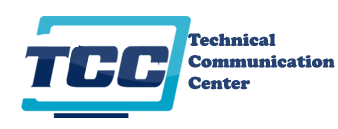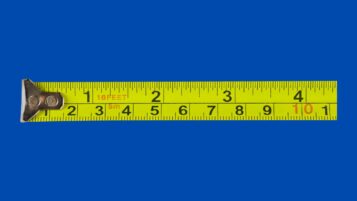Technical Writing
How to Create Procedural Writing for Kids
Procedural writing for kids is a type of writing that helps us explain how to do something. It’s often used in recipes, directions, or manuals. Procedural writing can be helpful for kids when they are learning to do something new. It can also be helpful when they need to remember the steps involved in doing…
Read MoreHow to Write Dimensions in Feet and Inches
So you need to write something like “Height: 5 feet” or “Length: 9 feet” but you don’t know the correct abbreviations. Well, this article is for you! There are several different ways of writing measurements in text and abbreviating measurements. Write Dimensions in Foot The most common unit of length in the United States is…
Read MoreHow to Write Measurements for Furniture
Furniture is measured (in the United States) in inches, fractions of an inch, feet, and millimeters. Example: How to Measure the Dimensions of a Chair For example, we can explain the dimensions of a chair that measures 34″ x 24 1/4″ x 33 3/8“as: 34x24x33 The first number is the depth (D) of the…
Read MoreUX Copywriting Principles
What is UX Copywriting? UX copywriting principles should be followed to create a pleasant, efficient, and productive user experience. UX is an acronym that stands for “User Experience.” User experience copywriting is a creative method of communicating with users in a way that aligns with the UX design process. Its subject matter is mostly about…
Read MoreKey Concepts of Technical Writing
Introduction The power of precise writing is often underestimated. Technical writing requires an in-depth understanding and knowledge to effectively convey ideas, instructions, and processes. To achieve excellence in technical writing, it’s important to understand the key concepts associated with this specialized form of communication. To mention just one of a plethora of precision and narrative…
Read MoreWEBINAR: Plain Language Writing Techniques for Better Technical Communication
https://lnkd.in/gz36frFK Wednesday, 19 January 2022; 1:00 to 2:00 PM Eastern time (GMT-5) Convoluted writing stuffed with abstract nouns and verbs, run-on sentences, and nominalizations is one of the major culprits of costly communications failure. Such writing usually leads to unnecessary follow-up emails or phone calls and seriously degrades office and project productivity. This webinar teaches…
Read More7 Benefits of Joining a Writers Group
“If you want to be a writer, you must do two things above all others: read a lot and write a lot.”— Stephen King A writers group can help writers stay motivated and accountable. It is easy to get lost in the world of self-doubt and writer’s block. A writer’s group provides support, encouragement, feedback,…
Read MoreHow to Write a Scope Document in Technical Documentation
What is a Scope Document? A scope document is one of those fundamental documents that define and guide any major project. As a technical writer you may be asked to write one, in close coordination with the project management, for various clients. In terms of its strategic abstraction, the scope comes right after the VISION…
Read More2 Important Ways to Steer Your Readers
There are many times when while writing a procedure you’ll have to steer a reader in one direction or another. There are two types of steering instructions in technical writing: A REFERENCE and a BRANCH statement. And both can be either CONDITIONAL or UNCONDITIONAL. I’ll give examples of each. Unconditional Reference See Chapter 8, “How to Install RX450.” (Within the same book.) Return to Chapter…
Read MoreHow to Write a Thesis Statement for an Academic Essay
(Excerpts from my book “Essay Writing, Composition Writing Handbook: A Complete Guide to Writing Academic Compositions, with Examples”) Introduction A thesis statement is an important document that breaks down the focus of your argument. It states what you are going to argue for, and against, in your paper. It helps readers know what your paper…
Read More





